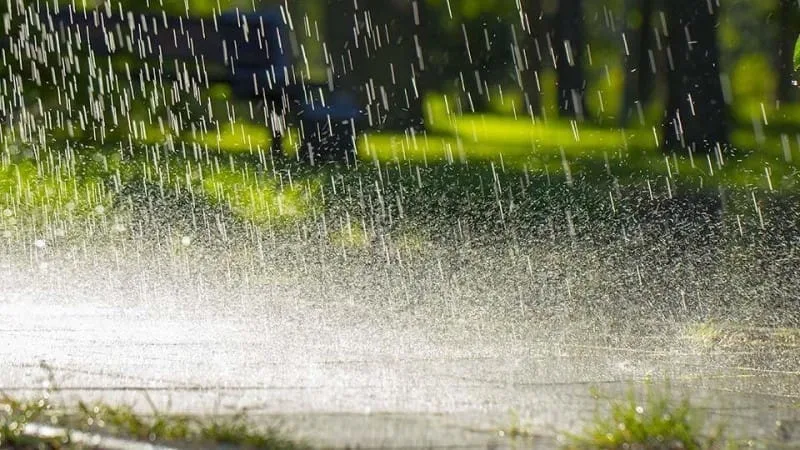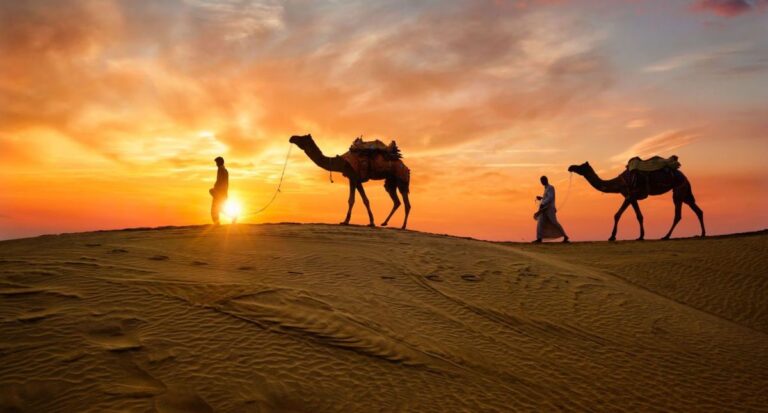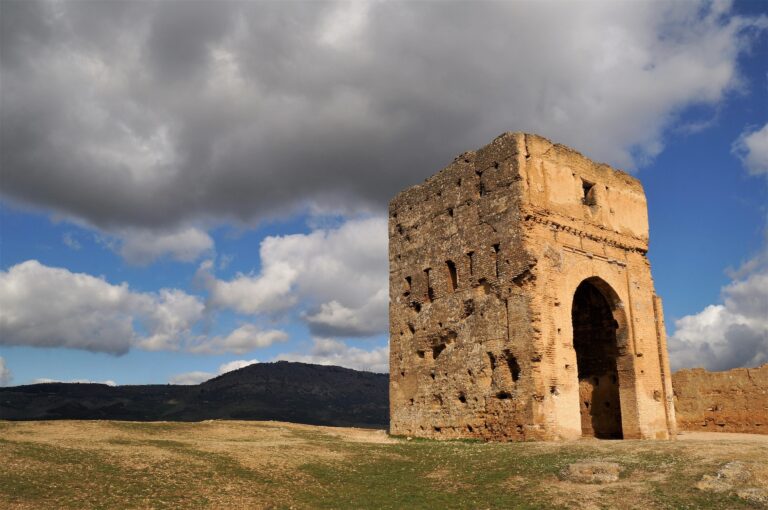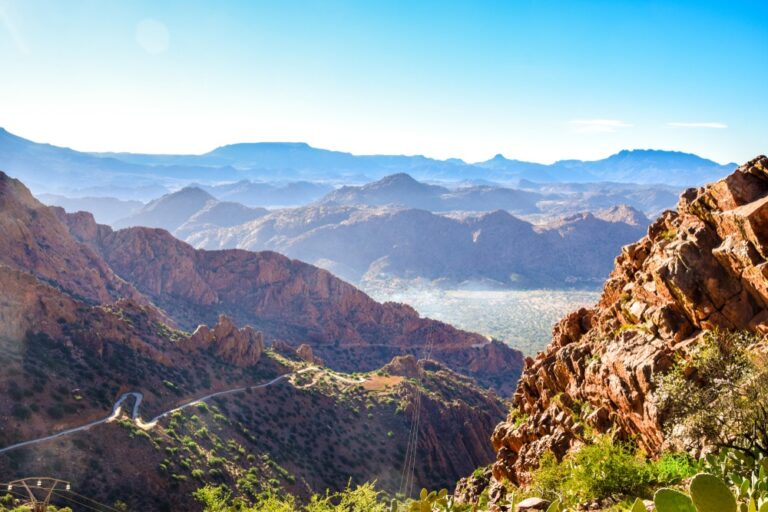Rainy Season in Morocco: 7 Essential Tips for a Perfect First-Time Safari
The rainy season in Morocco transforms this North African gem into a landscape of vibrant contrasts and refreshed beauty. While many travelers flock to Morocco during its sunny peak seasons, the rainy season in Morocco offers unique experiences with fewer crowds and lush scenery. In this comprehensive guide, I’ll walk you through everything you need to know about visiting Morocco during its wet season, from what to expect to essential packing tips for first-time safari adventurers.
Table of Contents
When is the Rainy Season in Morocco?
Morocco’s rainy season typically runs from November through March, with January and February generally receiving the highest precipitation. However, the rainfall patterns during the rainy season in Morocco vary significantly across the country’s diverse regions:
- Northern Coast & Rif Mountains: Receive the most rainfall, with Tangier and Tetouan experiencing up to 35 inches annually
- Central Plateaus (Fes, Meknes): Moderate rainfall, usually 15-20 inches per year
- Southern Regions & Desert: Minimal precipitation, with some areas seeing less than 4 inches annually
The rain in Morocco rarely falls continuously throughout the day. Instead, expect periodic showers with sunshine breaking through between downpours, particularly in coastal areas like Casablanca and Rabat. According to Morocco World News, these weather patterns have been fairly consistent over recent decades.
Advantages of Visiting During Rainy Season in Morocco
Traveling to Morocco during the rainy season offers several compelling benefits:
- Fewer tourists at major attractions like Marrakech’s Djemaa el-Fna or Chefchaouen’s blue streets
- Lower prices on accommodations and tour packages
- Vibrant landscapes as the Atlas Mountains and countryside turn lush green
- Comfortable temperatures averaging 50-65°F (10-18°C), perfect for exploring
- Authentic cultural experiences as local life continues unaffected by tourist crowds
One traveler shared with me: “Visiting Morocco in February was the best decision we made. We had the Roman ruins at Volubilis practically to ourselves, and the rain created dramatic mists over the mountains that made our photos look magical.”
Essential Rainy Season Packing List for Morocco
Preparing for Morocco’s wet season requires thoughtful planning. Here’s a comprehensive packing list to ensure you stay comfortable throughout your first-time safari adventure:
| Category | Essential Items |
|---|---|
| Outerwear | • Waterproof jacket with hood<br>• Light, packable rain poncho<br>• Water-resistant day pack |
| Footwear | • Waterproof hiking boots/shoes<br>• Quick-drying sandals<br>• Extra pairs of socks |
| Clothing | • Moisture-wicking base layers<br>• Lightweight wool sweaters<br>• Quick-drying pants (avoid jeans)<br>• Modest clothing for cultural sites |
| Accessories | • Travel umbrella<br>• Waterproof phone case<br>• Plastic bags for wet items<br>• Microfiber travel towel |
For additional recommendations, check out Rough Guides’ comprehensive Morocco packing advice.
Pro Tip: Layer your clothing! Mornings and evenings can be chilly during the rainy season in Morocco, while afternoons might warm up considerably, especially in southern regions.
Best Destinations During Moroccan Rainy Season
Some Moroccan destinations truly shine during the wet season, offering unique experiences for your first-time safari into this captivating country:
1. The Atlas Mountains
During the rainy months, the Atlas range transforms with flowing waterfalls and verdant valleys. The Ourika Valley, just an hour from Marrakech, becomes particularly stunning with rushing streams and blooming wildflowers. The High Atlas Foundation documents how the rainy season revitalizes these mountain communities and ecosystems.
2. Chefchaouen
The famous blue city looks even more magical with rain-slicked streets reflecting the azure walls. The surrounding Rif Mountains turn intensely green, creating spectacular hiking opportunities between showers. According to Visit Morocco, the rainy season brings out the most vivid contrasts in this photogenic city.
3. Coastal Cities
Essaouira and Rabat offer dramatic ocean views during stormy days, with powerful waves crashing against ancient fortifications. These coastal areas also typically experience shorter rain durations with sunny breaks.
4. Desert Edges
The fringes of the Sahara can be surprisingly appealing during rainy season. The typically harsh landscape softens with rare desert blooms, and temperatures become much more comfortable for camel treks and overnight stays.
Rainy Season Travel Tips for First-Time Morocco Visitors
If this is your first-time safari adventure to Morocco during the wet months, these practical tips will help you navigate any weather challenges:
- Build flexibility into your itinerary to accommodate unexpected weather changes
- Book accommodations with indoor common areas where you can relax during heavy downpours
- Consider hiring local guides who know the best rainy day alternatives
- Visit museums and covered souks during heavier rain periods
- Pack medications and first aid supplies as some shops may have limited hours during inclement weather
- Download offline maps and translation apps before your trip
The Moroccan National Tourist Office provides up-to-date weather advisories that are particularly helpful during the rainy season in Morocco.
Cultural Experiences During the Rainy Season in Morocco
The wet season coincides with some of Morocco’s most authentic cultural experiences:
- Traditional hammams (bathhouses) are particularly welcoming on chilly, damp days
- Cooking classes offer a perfect indoor activity while learning about Moroccan cuisine
- Tea houses become social hubs where you can mingle with locals sheltering from rain
- Artisan workshops are less crowded, allowing for more personal interactions with craftspeople
For authentic cooking class experiences, Fez Cooking School offers special rainy season menus that focus on warming traditional dishes perfect for the cooler weather.
Is Rainy Season Right for Your Morocco Trip?
The rainy season in Morocco can be ideal for travelers seeking authentic experiences away from crowds, photographers capturing dramatic landscapes, and budget-conscious visitors taking advantage of lower prices. However, if your primary goal is guaranteed sunshine for beach time or desert camping, you might prefer Morocco’s drier months.
For serious photographers, the National Geographic guide to Morocco recommends the rainy season for capturing the country’s most dramatic lighting conditions.
Your first-time safari to Morocco during rainy season will reward you with a more intimate experience of this fascinating country, where ancient traditions meet natural beauty – all enhanced by the refreshing rains that have shaped Morocco’s culture and landscape for millennia.
Have you experienced Morocco during its rainy season? What packing essentials would you add to this list? Share your thoughts in the comments below!
This comprehensive guide to Morocco’s rainy season provides everything you need to prepare for an unforgettable journey through this North African gem when it’s at its most lush and authentic.







